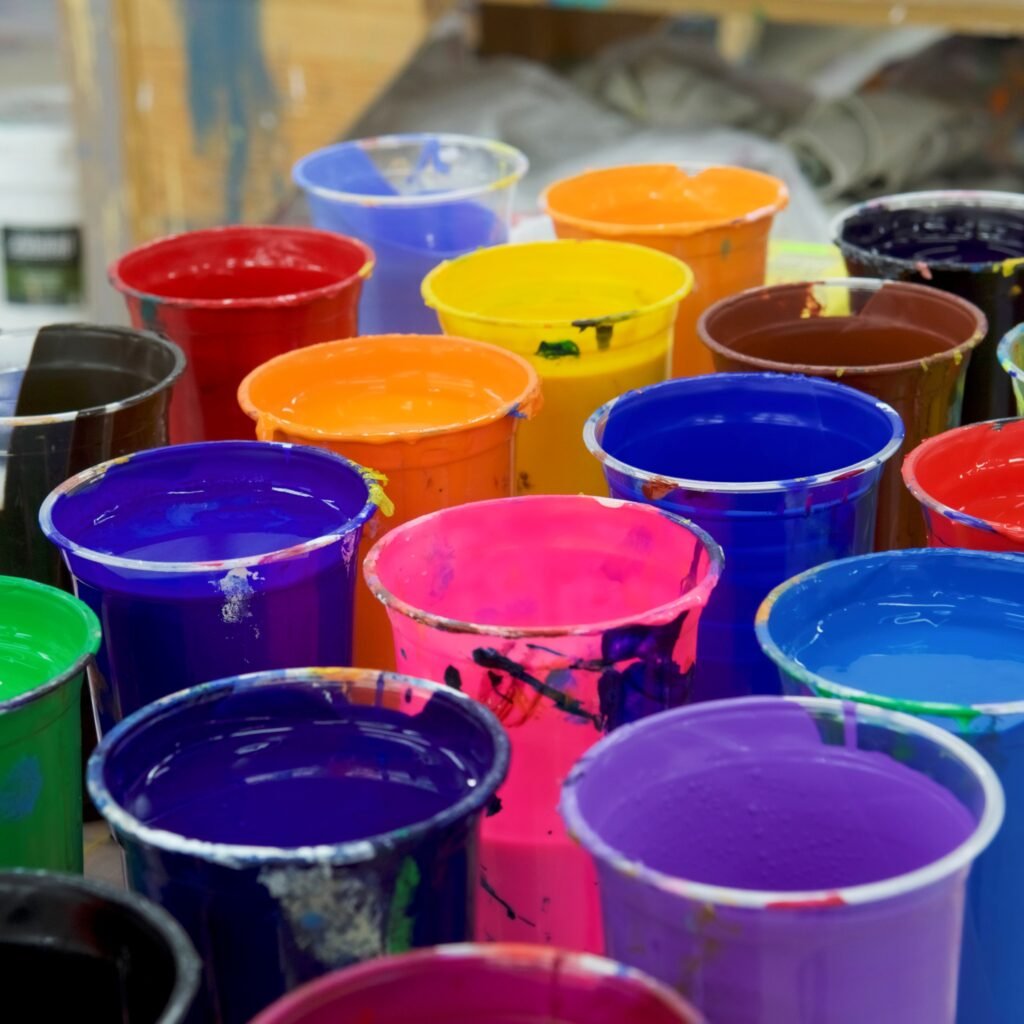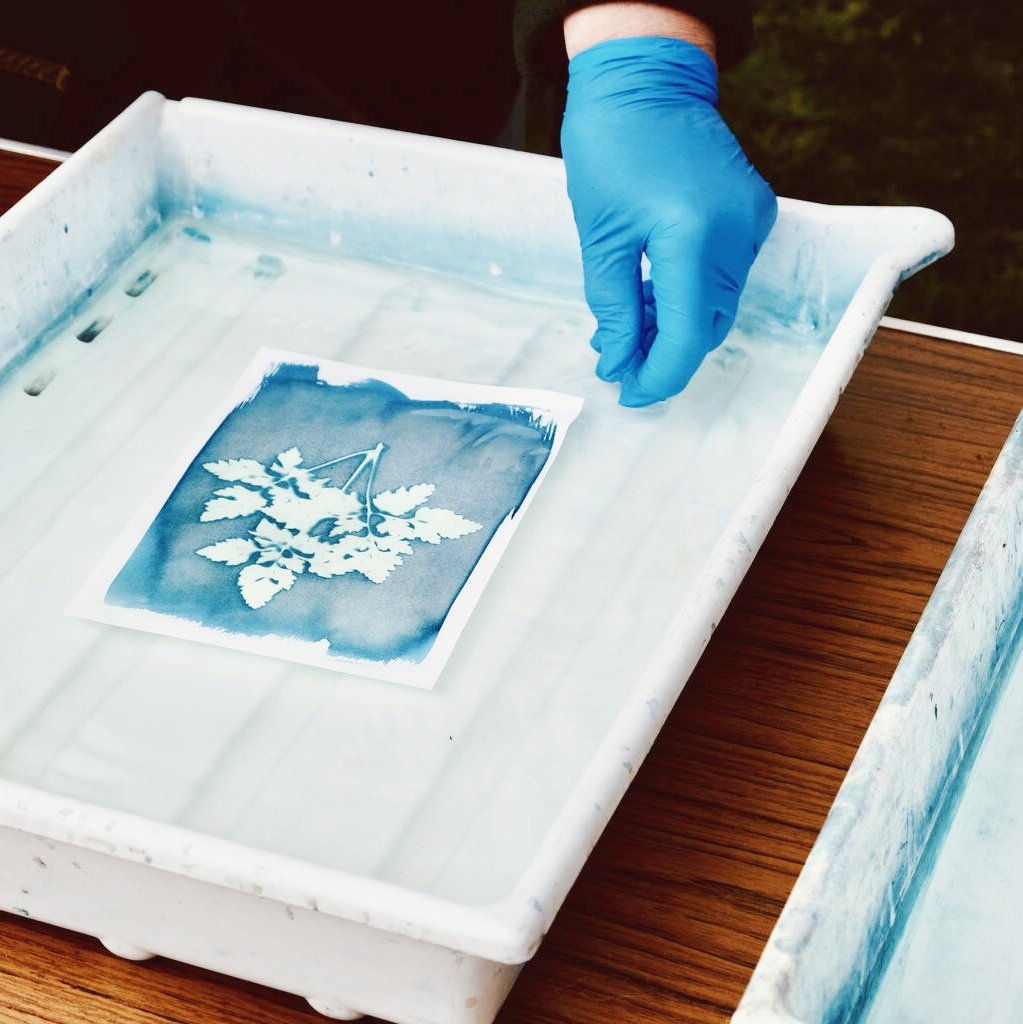When it comes to the vibrant and durable world of screen printing, plastisol inks play a pivotal role. Their ability to produce bold, vibrant colors with a soft hand feel makes them a favorite among printers. However, one of the key aspects of working with plastisol inks is knowing how to mix them properly. This article will delve into the basic steps involved in mixing plastisol inks, including some special considerations for mixing plastisol ink with foil adhesive, mixing poly and plastisol ink, mixing teal plastisol ink colors, and even mixing water-based inks in plastisol. By the end, you’ll have a comprehensive understanding of the process and be ready to create your own custom ink blends.
Understanding the Basics of Plastisol Ink Mixing
Mixing plastisol inks is a crucial step in the screen printing process. It allows you to customize colors, achieve specific consistencies, and ensure even coverage on your prints. The key to successful mixing lies in understanding the components of plastisol ink and how they interact with each other. Plastisol ink consists of a resin base, pigments, plasticizers, and other additives. When mixed correctly, these components create a smooth, uniform ink that adheres well to the fabric.
Before you begin mixing, it’s essential to have a clean, well-organized workspace. This will help prevent contamination and ensure accurate measurements. You’ll also need a few essential tools, such as mixing containers, stir sticks, and scales. With these in place, you can start the mixing process.
Step-by-Step Guide to Mixing Plastisol Inks
- Preparing Your Workspace and Tools
- Ensure your workspace is clean and free of dust and debris.
- Gather all necessary tools, including mixing containers, stir sticks, and scales.
- Wear gloves to protect your hands from the ink.
- Measuring the Base Ink
- Begin by measuring out the desired amount of base plastisol ink. The amount you need will depend on the size of your print job.
- Use a scale to ensure accuracy.
- Adding Pigments
- To achieve the desired color, add pigments to the base ink. Pigments are concentrated colorants that can be mixed in various proportions to create a wide range of hues.
- Start with small amounts of pigment and mix thoroughly until you achieve the desired color.
- Adjusting Consistency
- The consistency of your ink is crucial for even coverage and good print quality. If your ink is too thick, it may not flow evenly through the screen. If it’s too thin, it may not adhere well to the fabric.
- Adjust the consistency by adding a plasticizer, which is a liquid that thins the ink. Mix thoroughly after each addition until you reach the desired consistency.
- Mixing Plastisol Ink with Foil Adhesive
- If you’re planning to use foil adhesive in your prints, you’ll need to mix it with your plastisol ink. Foil adhesive is a special type of ink that allows foil to be adhered to the fabric.
- Follow the manufacturer’s instructions for mixing ratios and ensure thorough mixing to avoid separation.
- Mixing Poly and Plastisol Ink
- Combining polyester and plastisol inks can create unique effects, but it requires careful mixing to avoid compatibility issues.
- Start by testing small batches to determine the best mixing ratio and ensure that the inks blend smoothly without separating.
- Mixing Teal Plastisol Ink Colors
- Teal is a popular color in screen printing, but achieving the perfect shade can be challenging. Mixing teal plastisol ink colors requires precise measurements of blue and green pigments.
- Experiment with different pigment ratios until you find the perfect balance for your desired shade of teal.
- Mixing Water-Based Inks in Plastisol
- While plastisol inks are primarily solvent-based, you can mix small amounts of water-based inks to achieve certain effects. However, this requires careful consideration of compatibility and mixing techniques.
- Start with a small amount of water-based ink and gradually increase until you achieve the desired effect. Mix thoroughly to avoid separation and test on a scrap piece of fabric before committing to your print job.
Tips for Successful Plastisol Ink Mixing
- Use High-Quality Ingredients: Investing in high-quality base inks and pigments will yield better results and reduce the likelihood of mixing issues.
- Mix in Small Batches: When experimenting with new color combinations or mixing ratios, start with small batches to avoid wasting materials.
- Record Your Mixing Ratios: Keeping a record of your mixing ratios will help you replicate successful blends in the future.
- Regularly Clean Your Tools: Clean your mixing containers and stir sticks after each use to prevent contamination and ensure accurate measurements.
Common Mixing Mistakes and How to Avoid Them
- Over-Mixing: Excessive mixing can cause air bubbles to form in your ink, leading to poor print quality. Mix until the components are fully incorporated, but avoid overworking the ink.
- Improper Consistency: If your ink is too thick or too thin, it will affect the print quality. Always test your ink on a scrap piece of fabric before starting your print job.
- Contamination: Dirt, dust, or other contaminants can affect the color and consistency of your ink. Keep your workspace clean and use clean tools for mixing.
Conclusion
Mixing plastisol inks is a fundamental skill in screen printing that requires attention to detail and a good understanding of the components involved. By following the basic steps outlined in this article and paying attention to common mixing mistakes, you can create custom ink blends that produce high-quality prints. Whether you’re mixing plastisol ink with foil adhesive, combining poly and plastisol ink, creating teal plastisol ink colors, or incorporating water-based inks, the key to success is precision and care. With practice and experience, you’ll become more confident in your mixing abilities and be able to create a wider range of custom colors and effects for your screen printing projects.



